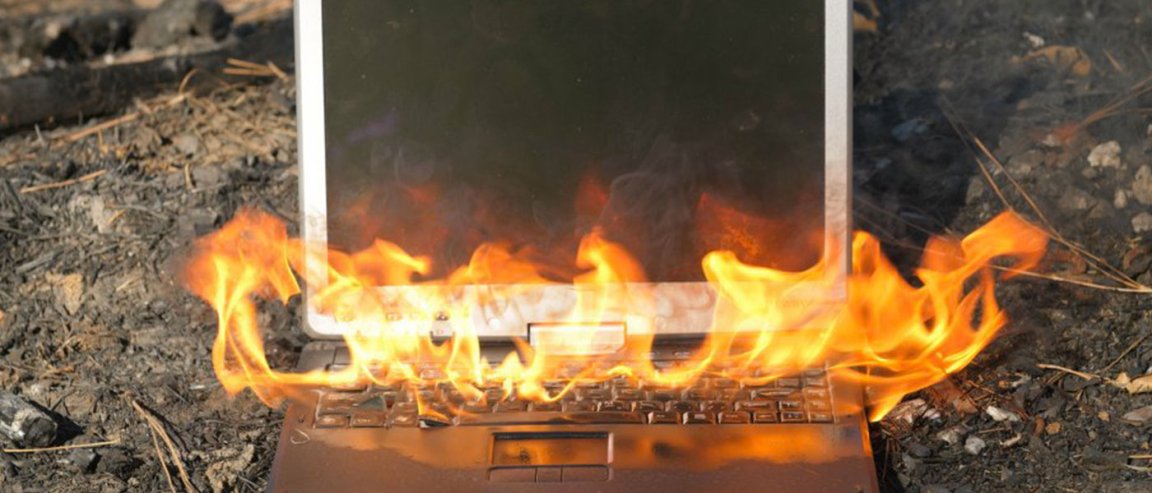
The Ever-So-Reliable Radio Keeps Up With Modern Needs
Engineers have successfully conducted a test run for their wireless data transmission tech, and they and reached speeds of 6Gbps over a 36.7km (22.8 mi) distance.
The project, called the Advanced E Band Satellite Link Studies (ACCESS), uses radio transmission to send data at a frequency of 71–76 GHz, which is in the so-called E band and is regulated for terrestrial and satellite broadcasting. Notably, it is the only frequency range at which the high bandwidth can be made available.
Using two transistor technologies developed by partner Fraunhofer IAF, broadband signals are amplified and are then emitted by a highly directive parabolic antenna.
The receiver, on the other hand, utilizes low-noise amplifiers that enable detection of weak signals from a long distance. This makes sure that, even when signals grow weaker as it goes farther from the source, the receiver can still pick the signals up.
But We Already Have Wi-fi…And Li-fi?
There’s no doubt that wireless connection technologies are developing at impressive scales, with the incoming Li-fi promising speeds 100 times faster than wi-fi. So why invest time on a connection that has distance limits?
Upgrading radio data systems offers certain benefits and can be a very valuable addition to other connectivity selections. For one thing, short-range data communication doesn’t all have to rely on one connection.
The project also aims to present high-speed radio transmission as a cost-effective, fixed terrestrial wireless alternative to fiber connection, which requires installation of optical cables. It is a cheap way to provide wireless connectivity to rural and remote areas and can also serve as a quick, reliable backup communication medium in times when other channels may not be available, such as during calamities or catastrophes.
The project has proven successful and is now moving on to the second phase: E Band Link Platform and Test for Satellite Communication, dubbed ELIPSE.